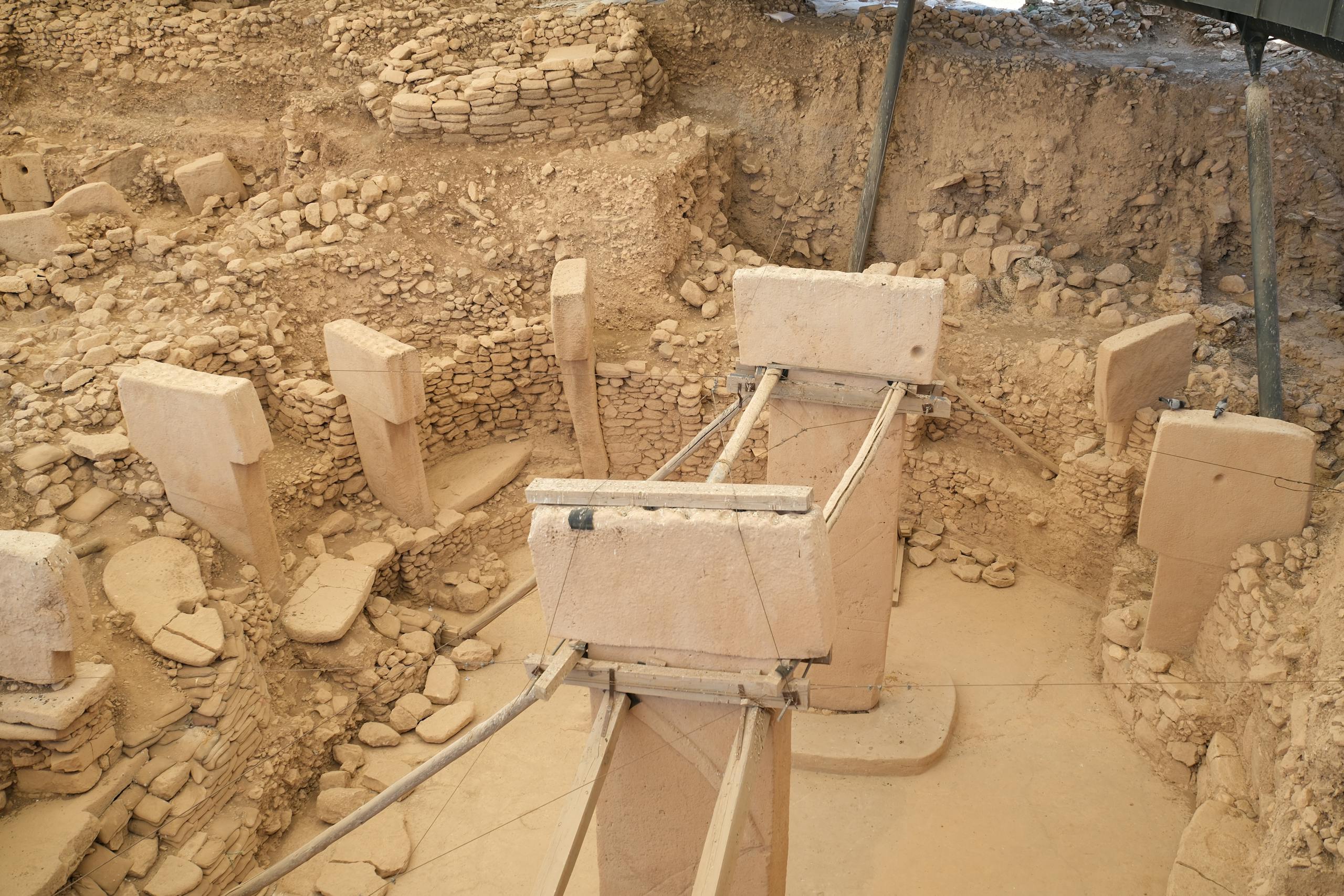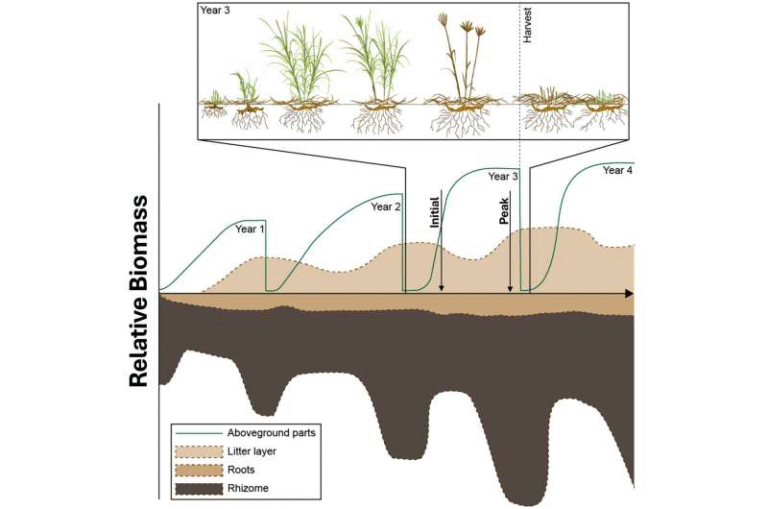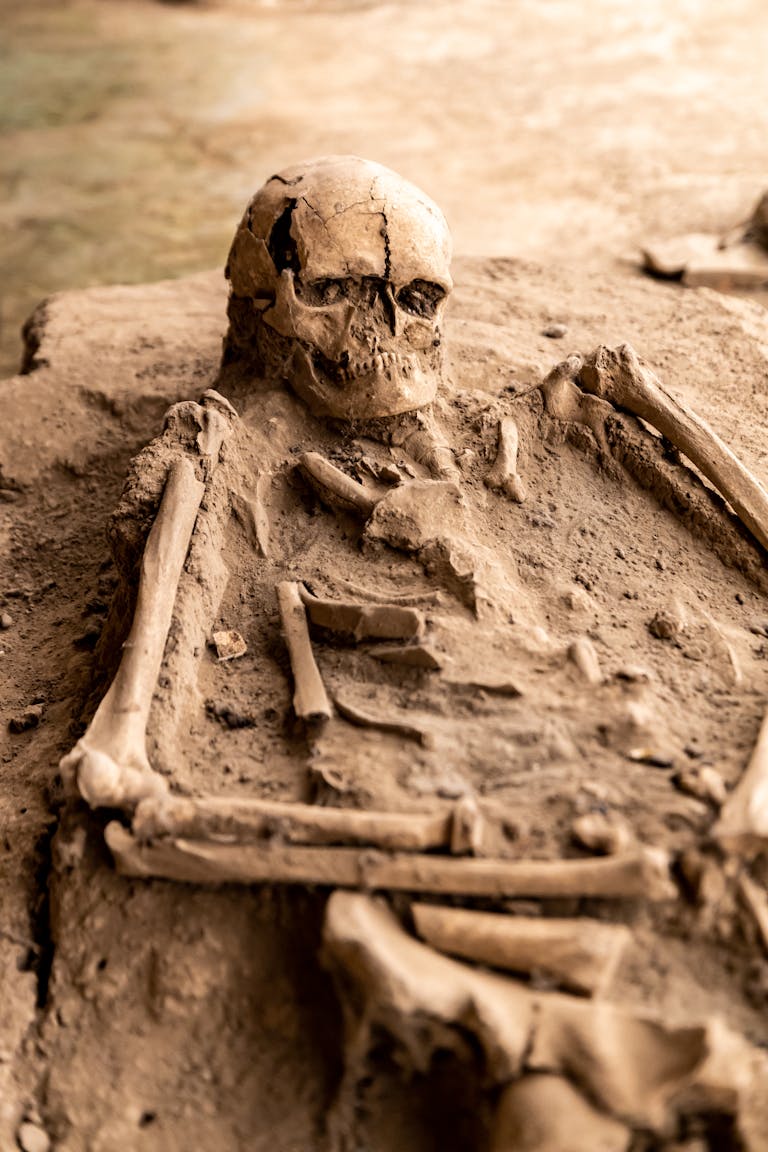Stone Age Burials in Latvia Challenge the “Man the Hunter” Myth

A new study from the ancient Zvejnieki cemetery in northern Latvia has overturned some of the most persistent stereotypes about Stone Age life. For decades, archaeology has leaned on the narrative of “Man the Hunter”, assuming that stone tools were associated with men while women and children were linked with more domestic roles. But fresh evidence now shows that this story is far too simplistic.
Researchers have discovered that women, children, and older adults were just as likely—sometimes even more likely—than men to be buried with stone tools. Some of these artefacts were clearly used in daily life, while others appear to have been specially crafted for funerary rituals, including tools that were deliberately broken before being placed in graves.
This groundbreaking work not only questions long-held assumptions about gender roles in prehistory but also sheds light on the symbolic and ritual importance of stone tools in death and mourning practices.
The Site: Zvejnieki Cemetery
The Zvejnieki burial ground is one of Europe’s largest Stone Age cemeteries. Located in northern Latvia, it was in use for around 5,000 years, from roughly 7500 to 2500 BCE. Archaeologists have uncovered more than 330 burials, representing at least 350 individuals.
Over decades of research, Zvejnieki has revealed a rich collection of grave goods: animal tooth pendants, amber ornaments, ochre, bone and antler tools, and fishing gear. But one category of objects had not been thoroughly examined until now—flaked stone tools, also called lithics.
The Stone Dead Project
The recent investigation is part of the Stone Dead Project, led by Dr. Aimée Little from the University of York, working with the Latvian National Museum of History and several European partners. The project focuses on the role of stone artefacts in burial practices, moving beyond the assumption that these were just everyday items thrown into graves.
The study, published in PLOS ONE in September 2025, analysed 158 stone artefacts from 33 graves at Zvejnieki. The researchers used a multiproxy approach, which means they combined different types of analysis to gain a complete picture.
Their methods included:
- Raw material sourcing to see where the stones came from.
- Technological and typological study of the tools (flakes, blades, scrapers, bifacial points).
- Microwear analysis to identify whether the tools had been used and what they were used for.
- Contextual study of how the tools were deposited in graves, including signs of deliberate breakage.
- Spatial and temporal analysis to see how practices varied across the cemetery.
What the Study Found
The results are striking and challenge traditional interpretations:
- Equal presence across genders
- Stone tools were not limited to men. Women were just as likely—or in some cases more likely—to be buried with lithics.
- This breaks the stereotype of men as hunters and tool users while women remained in domestic spheres.
- Children and older adults as key recipients
- Surprisingly, children were the group most often buried with stone tools, followed by older adults.
- This suggests that the inclusion of tools was not about reflecting someone’s role in daily life but had a deeper symbolic significance.
- Unused tools made for burial
- Roughly half the artefacts showed no signs of use. Many tools seem to have been created specifically for funerary purposes.
- This means that the tools were not simply “grave goods” representing someone’s work but were symbolic offerings.
- Deliberate breaking of tools
- Several tools were found broken in ways that suggest intentional destruction. This practice is often called “ritual killing” of objects, where an item is decommissioned before being buried.
- Similar traditions of breaking tools before deposition are seen in other parts of the eastern Baltic region, pointing to a shared ritual system.
- Some tools had a working life
- Not all artefacts were unused. A number of stone tools show microwear from activities like hide working, meat processing, and mineral scraping.
- This indicates that both everyday tools and ritual-specific tools played roles in burial practices.
Rethinking the “Man the Hunter” Stereotype
For decades, Stone Age studies were shaped by the idea that men were hunters and toolmakers while women cared for children and worked at home. Tools such as blades, scrapers, and projectile points were automatically assumed to be male artefacts.
This new evidence upends that idea. The burial data shows that stone tools were widely shared across genders and age groups. Even infants have sometimes been sexed as male in the past simply because lithics were found in their graves—a practice that this research now calls into question.
The findings remind us that archaeology must be cautious about projecting modern stereotypes onto the past. Tools were not just utilitarian items; they held symbolic power, especially in the context of death.
The Symbolic Side of Stone Tools
One of the most fascinating aspects of the study is how it highlights the ritual role of lithics. Tools that were unused, tools that were deliberately broken, and tools placed with children all suggest that they were more than just instruments of survival.
Stone tools may have symbolized transformation, continuity, or protection in death. By breaking a tool, mourners may have been “releasing” its spirit or decommissioning it for the afterlife. By burying children with tools, the community may have been expressing hopes, mourning losses, or reinforcing shared cultural traditions.
Why This Matters Beyond Latvia
While this study focuses on Zvejnieki, the implications are broader. Archaeologists have often relied on grave goods to reconstruct gender roles and daily activities in prehistory. If stone tools were not strictly tied to male identity, then earlier interpretations at other sites may need to be revisited.
The findings suggest that burial practices cannot be taken as direct reflections of everyday life. Instead, they are part of ritual and symbolic traditions.
Broader Context: The Eastern Baltic Stone Age
The eastern Baltic region, including modern-day Latvia, Lithuania, and Estonia, was home to hunter-fisher-gatherer societies through much of the Mesolithic and Neolithic. Communities often lived near rivers and lakes, relying heavily on fishing and seasonal hunting.
At Zvejnieki, animal remains found in graves and settlements show diets rich in fish, elk, and wild boar. Ornaments made of amber and animal teeth highlight long-distance exchange networks and the symbolic role of animals.
Burial practices across the region often included red ochre, pendants, and decorated items, but the new study shows that stone tools were just as important—and in ways previously underestimated.
Breaking Objects in Rituals: A Wider Tradition
The deliberate breaking of objects before deposition is not unique to Zvejnieki. Archaeologists have documented similar practices in many ancient cultures.
For example:
- In Neolithic Europe, pottery vessels were often intentionally smashed before being placed in pits or graves.
- In Bronze Age Britain, weapons like swords were sometimes bent or broken before deposition in rivers or burial contexts.
- Among Mesoamerican cultures, offerings including figurines and tools were often broken during ceremonies.
This wider perspective shows that breaking tools and objects as part of ritual is a recurring human practice, reflecting beliefs about transformation, closure, and respect for the dead.
Why Even Simple Objects Matter
The researchers emphasize that even the most ordinary-looking tools can hold deep meaning. A small flake or scraper may not look impressive, but in the context of a burial it becomes part of a story about identity, memory, and community tradition.
By studying not just ornaments or exotic items but also the simple stone tools, archaeologists can better understand how early communities responded to death and loss.
What Comes Next
The study opens the door for re-examining other burial sites in Europe. If Zvejnieki shows such clear evidence of gender equality in lithic deposition, similar patterns may exist elsewhere but have been overlooked.
It also demonstrates the power of combining microscopic analysis, technological study, and contextual interpretation. Such multiproxy methods allow researchers to move beyond assumptions and see the real variety of practices in the past.
Conclusion
The Zvejnieki cemetery study is a powerful reminder that the past is often more complex than the stereotypes we carry into it. Stone tools were not just weapons of male hunters—they were meaningful objects placed with women, children, and elders in rituals of death and remembrance.
The findings challenge the “Man the Hunter” myth and highlight the importance of approaching archaeology with open eyes and careful methods. The dead at Zvejnieki still speak to us today, not just about survival, but about ritual, community, and equality.
Research Reference:
Multiproxy study reveals equality in the deposition of flaked lithic grave goods from the Baltic Stone Age cemetery Zvejnieki (Latvia) – PLOS ONE





